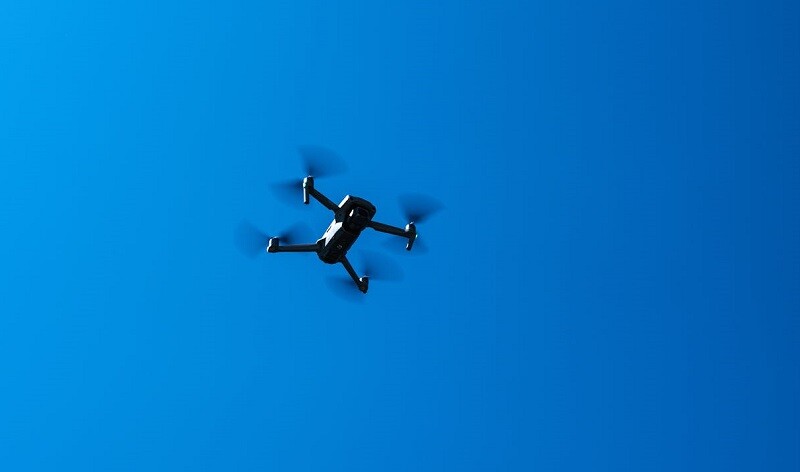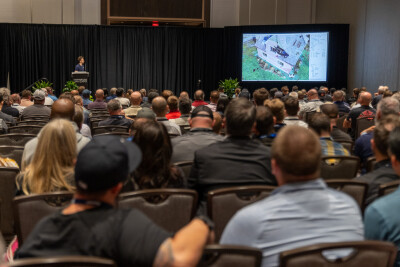On Tuesday this week, I read two headlines that made me think about the powerful influence that human conflict has had in the acceleration of technology in general and aviation technology in particular. First it was an announcement by President Zelinsky of Ukraine about the launching of a rocket drone to fight the Russian invasion of his country and second a press release by the North Korean press agency about a demonstration of loitering munition drones for the leader of that country, Kim Jong Un.
I have to admit that these two separate news releases so close to each other transported me to the history lessons from 1915 when, just a decade after the Wright Brother’s flight, humans were already embarked in the rapid acceleration of development of aviation technology in preparation for the first world-wide conflict in human history, WWI.
There is no doubt that the emergence of the airplane changed the face of war in ways that were not immediately obvious, but those initial changes became an immense influence twenty years later when in another conflict, WWII, the aircraft became the center of attention, displacing forever the large battleships of yesteryears.
The most important measurement of efficiency in conflict is the amount of damage that a technology can inflict when we compare its cost with the cost of the intended target.
In the case of the dive bombers of WWII, one single aircraft with a 1,000 lb. bomb, which in 1940 cost $5,000 and one day to produce, could sink a ship that was valued in the millions and took months, if not years, to design and assemble.
The famous battle of Midway, in which a combination of intelligence and luck landed the US Navy the most important naval victory of the conflict, never saw two ocean vessels shooting at each other. It was an entire battle fought by airplanes, launched hundreds of miles away, against the enemy carriers. It was a naval battle fought by aircraft, a real contradiction in terms and the end of an era.
Today something similar is happening in Ukraine, where a small drone valued at a few hundred dollars is destroying an enemy tank worth millions. This will inevitably change the thinking of countries about where to place their investment dollars when it comes to new armaments.
This redirection of R&D money will have an impact in the commercial drone industry in the long run, so let us examine the three areas, which in my opinion, this incidental contribution to peaceful use of uncrewed aviation will most probably come from.
Increased Payload: One of the most critical aspects of military aviation is the payload ratio, or the amount of ordnance that an aircraft can carry in comparison to the weight necessary to fly to and from target. This ratio was very poor during WWI and increased exponentially in the years preceding WWII. Today military aircraft have incredible payload capacity and the aerodynamics and powerplant developments are continuously improving.
In our industry of uncrewed aviation, we could definitely benefit from an increase in useful payload because most drones today are the evolution of commercial platforms that were developed as toys over a decade ago and not necessarily designed for industrial uses. Many independent startups are already developing specialized aircraft and there is no doubt in my mind that they will welcome improvements in useful payloads through the use of new materials and better fuselage and powerplant availability.
Flying Time: This is one of the most contentious issues affecting our industry. When I first heard the infamous number of 25 minutes of flying time, I laughed. What can you do, seriously, with a flight of 25 minutes? I thought. Well, apparently a lot, because the industry was founded on this number, and we have made great progress over the past ten years with such immense liability. But enough is enough and the battery industry, perhaps incentivized or encouraged by the prospect of huge military sales, will get serious and improve the poor performance of today’s batteries.
I have been told by battery industry experts that “that current battery chemistry has been exhausted and new chemical combinations are necessary to improve flying time.” I hope that the sudden explosion (no pun intended) of demand from military sources will inspire the battery industry to find these new miracle combinations that would allow our uncrewed aircraft to fly for hours on end with one charge.
Resilience: The last key ingredient in a successful weapon is its ability to withstand the most horrific conditions on Earth. Heat, cold, humidity, altitude and a few other factors have to be considered when designing armament that is supposed to work at all times under demanding conditions, otherwise lives are lost.
Perhaps the development of these resilient uncrewed platforms will eventually transpire to commercial and industrial uses and drones and air taxis will have more resistant and long-lasting fuselages and powerplants.
When we combine all of the above to create a brand-new set of aircraft born out of the current world conflicts, perhaps something would come out of the misery and despair that these bloody disputes are having on innocent civilians, considering that it will be them and their children who will benefit from a better and more accessible uncrewed aviation technology.















Comments